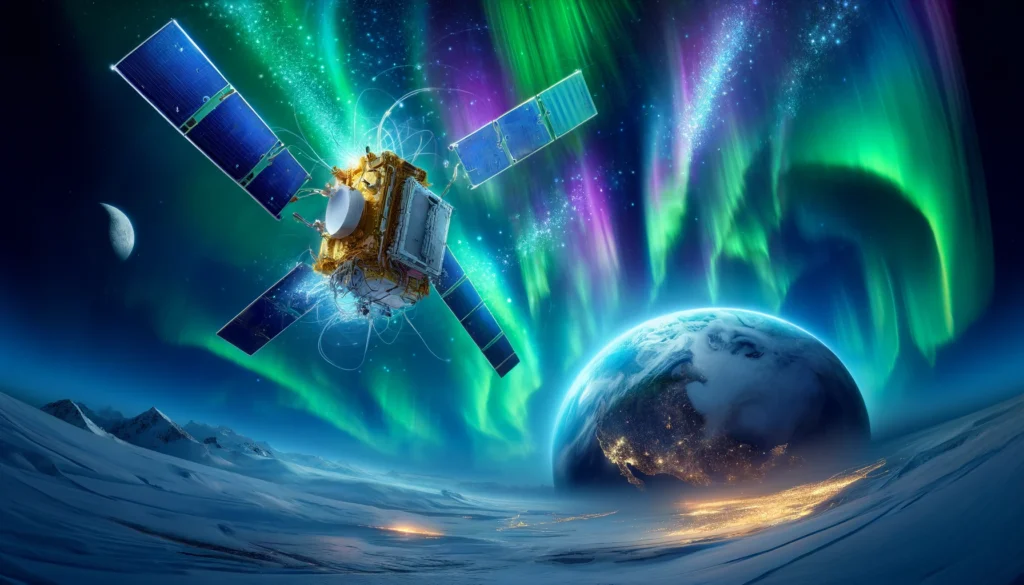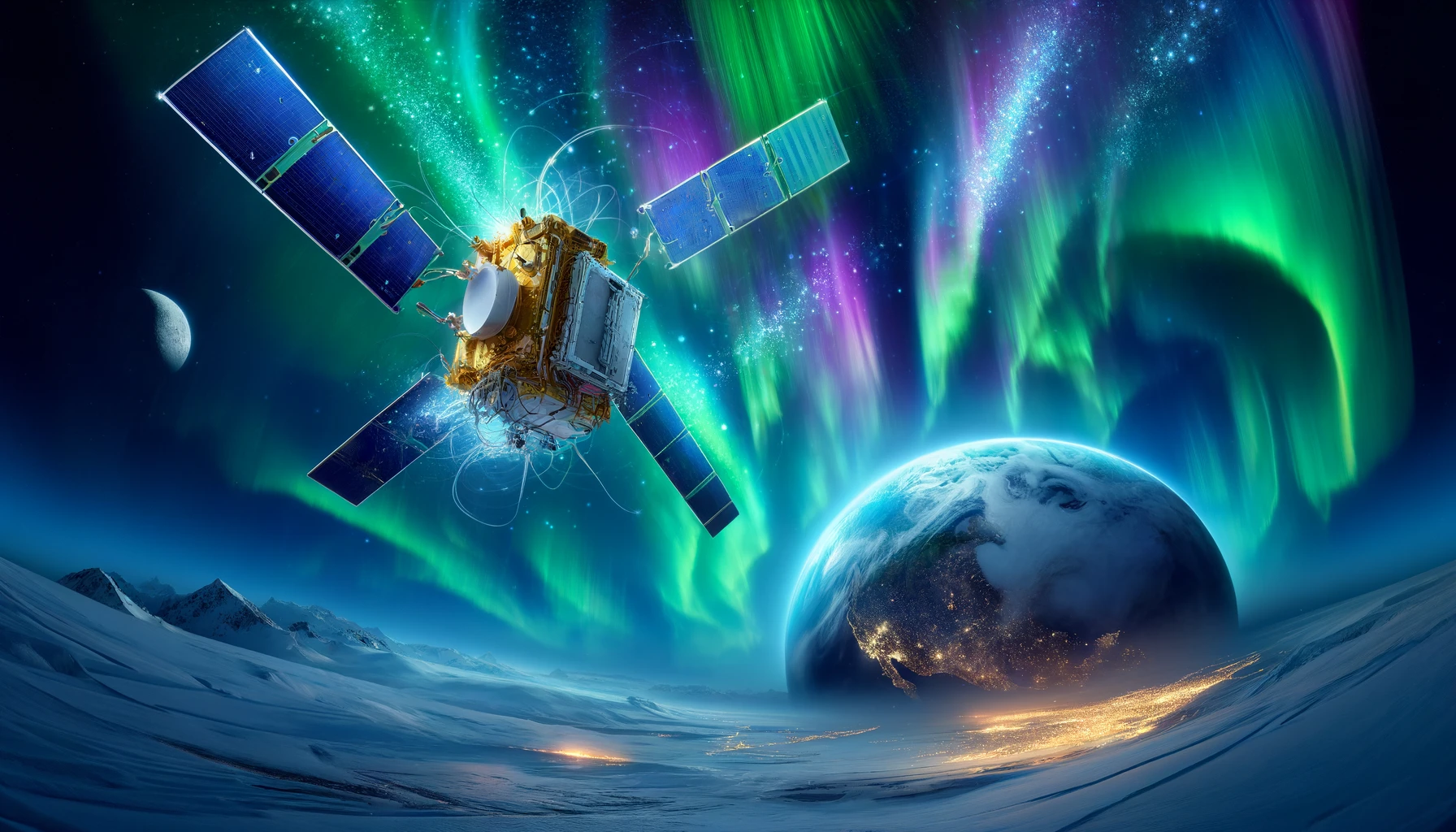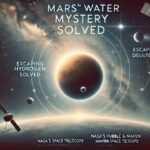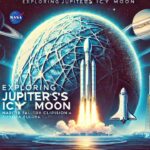Explore the groundbreaking realm of aurora research through ultra-fast electron measurements in multiple directions. This detailed article delves into the sophisticated techniques and technologies employed to unveil the secrets of auroral light displays, offering insights into the complex interactions within the Earth’s magnetosphere. Discover how these advanced studies not only enhance our understanding of the mesmerizing auroras but also contribute to our knowledge of space weather phenomena, impacting satellite operations and communication systems on Earth.

Introduction
Auroras, the mesmerizing natural light displays that illuminate the sky in high-latitude regions, have fascinated humans for millennia. These spectacular phenomena are the result of complex interactions between the Earth’s magnetosphere and solar wind particles. To unravel the mysteries of auroras, scientists employ advanced technologies to measure electron movements at incredibly high speeds and from multiple directions. This article delves into how ultra-fast electron measurements in various directions are pivotal in revealing the secrets of the aurora.
Understanding the Aurora
Before exploring the technology behind ultra-fast electron measurements, it’s crucial to comprehend what auroras are and how they form. Auroras occur when charged particles from the sun, primarily electrons and protons, collide with atoms and molecules in Earth’s atmosphere. This interaction causes the atmospheric particles to excite and release photons, creating the light we observe as an aurora. The colors and patterns of the aurora depend on the type of gas particles involved and the altitude at which these interactions occur.
The Role of Electron Measurements in Aurora Research
Electrons play a vital role in the formation of auroras. Their speed, density, and direction determine the intensity and shape of the auroral lights. Therefore, understanding the behavior of these electrons is essential for scientists studying auroral processes. Ultra-fast electron measurements enable researchers to capture the dynamics of electrons in the magnetosphere, the region of space controlled by Earth’s magnetic field where most auroral activities occur.
Ultra-fast Electron Measurement Techniques
To measure the high-speed movements of electrons in multiple directions, researchers use sophisticated instruments and techniques. One of the primary methods is the use of electron detectors mounted on satellites. These detectors can capture electron velocity and direction at speeds of up to several thousands of kilometers per second, providing a three-dimensional view of electron flows.
In addition to satellite-based detectors, ground-based observatories equipped with all-sky cameras and magnetometers contribute to the study of auroras by monitoring the Earth’s magnetic field variations and capturing large-scale images of auroral displays. These observations help correlate specific electron behaviors with auroral patterns.
Challenges in Measuring Electrons
Measuring ultra-fast electrons in the magnetosphere presents several challenges. The primary difficulty lies in the incredibly high speeds and the tiny size of electrons, requiring highly sensitive and accurate instruments. Additionally, the dynamic and often harsh space environment can impact the performance and longevity of these instruments. Overcoming these challenges requires continuous technological advancements and robust engineering solutions.
Advancements in Technology and Future Directions
Recent advancements in sensor technology and data analysis methods have significantly improved the accuracy and resolution of electron measurements. For instance, the development of fast electronic detectors and sophisticated algorithms for data processing allows scientists to analyze electron movements in greater detail than ever before.
Looking ahead, the future of aurora research lies in the integration of multi-directional electron measurements with other observational data, such as ionospheric measurements and solar wind data. This comprehensive approach will provide a more holistic understanding of the processes that drive auroral displays.
Impact on Scientific Understanding and Practical Applications
The insights gained from ultra-fast electron measurements in multiple directions extend beyond the academic curiosity of understanding auroras. They contribute to our knowledge of space weather phenomena, which can have significant impacts on satellite operations, communication systems, and even power grids on Earth. By improving our understanding of electron dynamics in the magnetosphere, scientists can better predict and mitigate the effects of space weather events.
Conclusion
The quest to uncover the secrets of the aurora through ultra-fast electron measurements in multiple directions is a fascinating journey at the intersection of science, technology, and natural beauty. As researchers continue to advance the frontiers of auroral science, our understanding of these celestial phenomena deepens, revealing not just the mysteries of the night sky but also the intricate dynamics of our space environment. The ongoing efforts in this field promise to enhance our ability to navigate and utilize space, marking a significant stride in human endeavor and scientific exploration.
- NASA Unveils New Strategy for Space Sustainability Amid Orbital Risks
- ESA, NASA Solar Observatory Discovers 5,000th Comet
- Advancing Lunar Exploration: NASA Selects Three Companies for Artemis Rover Designs
- NASA New Lunar Time Zone: A Giant Leap for NASA and Global Space Collaboration










